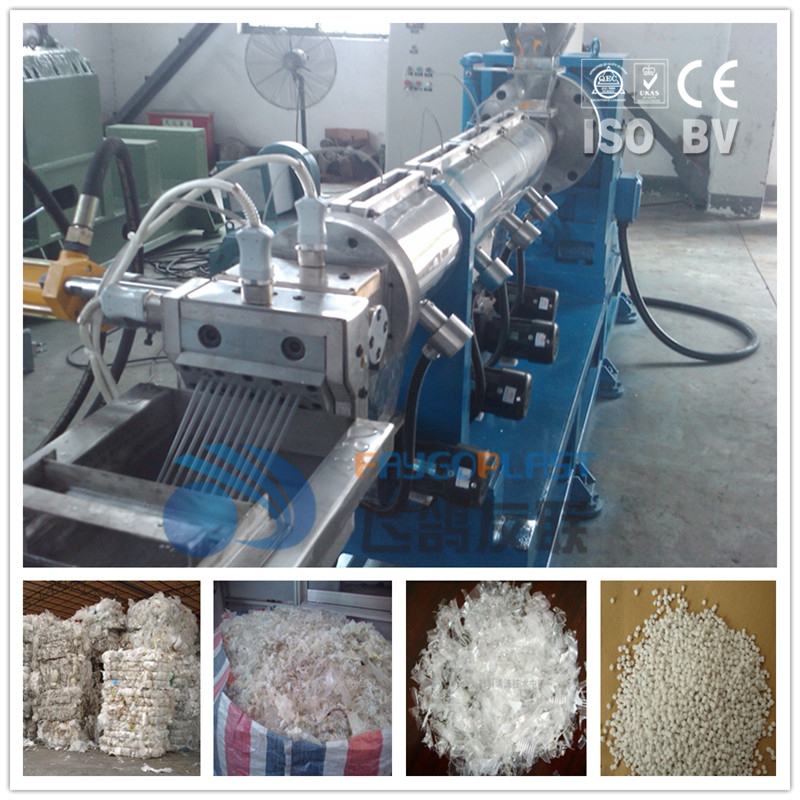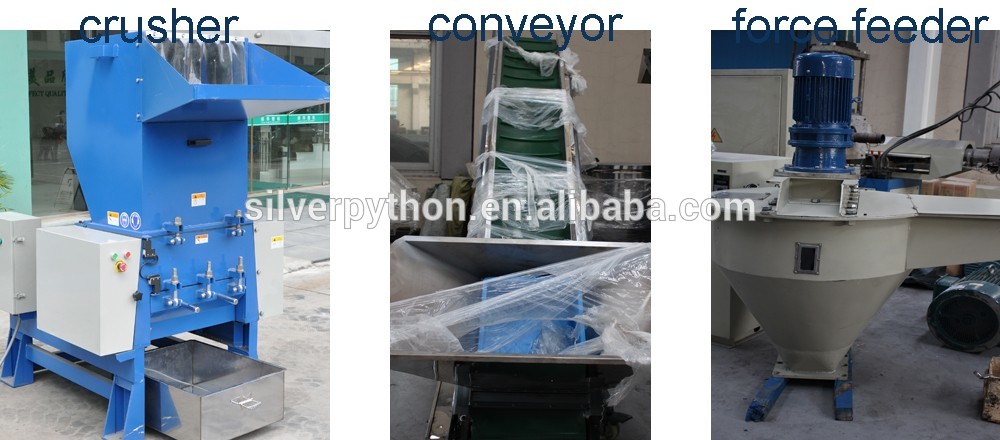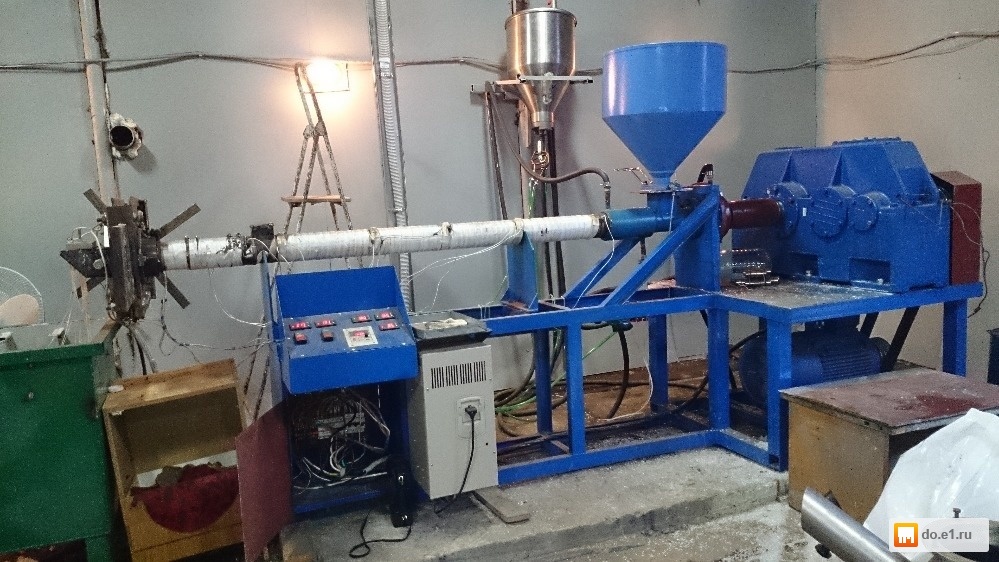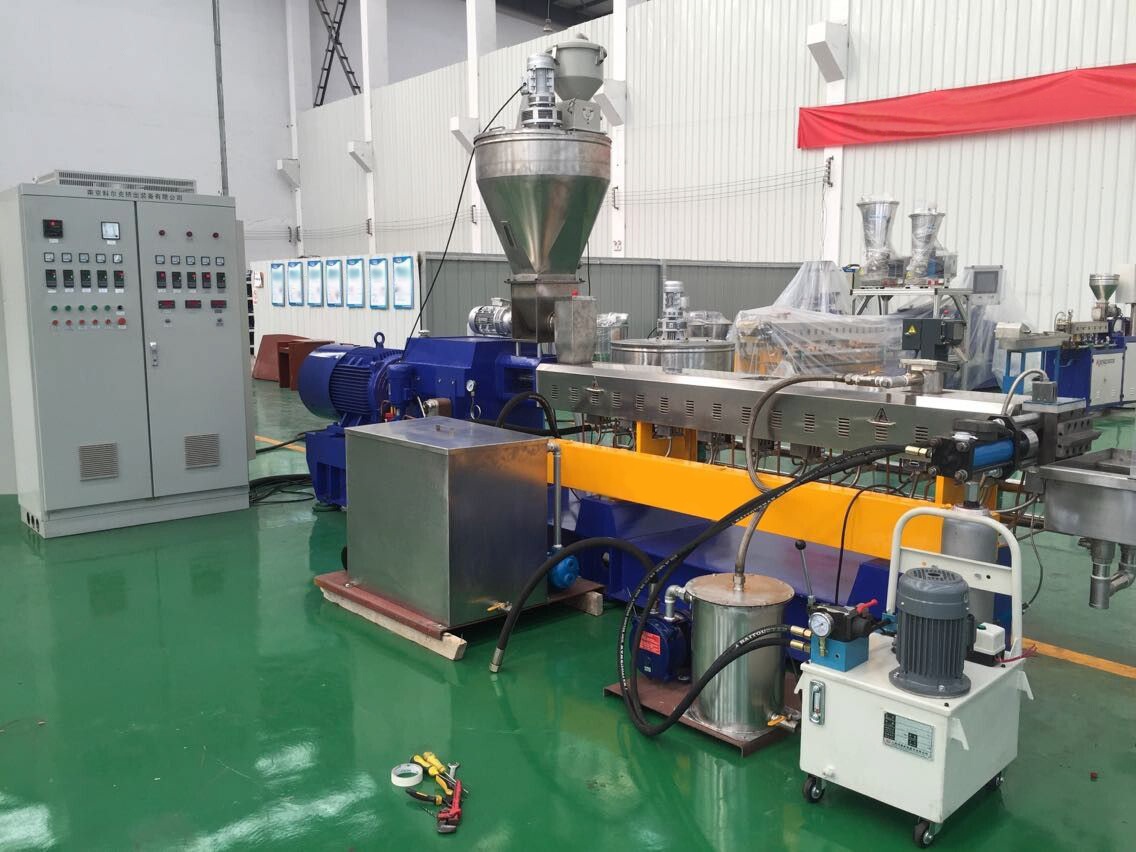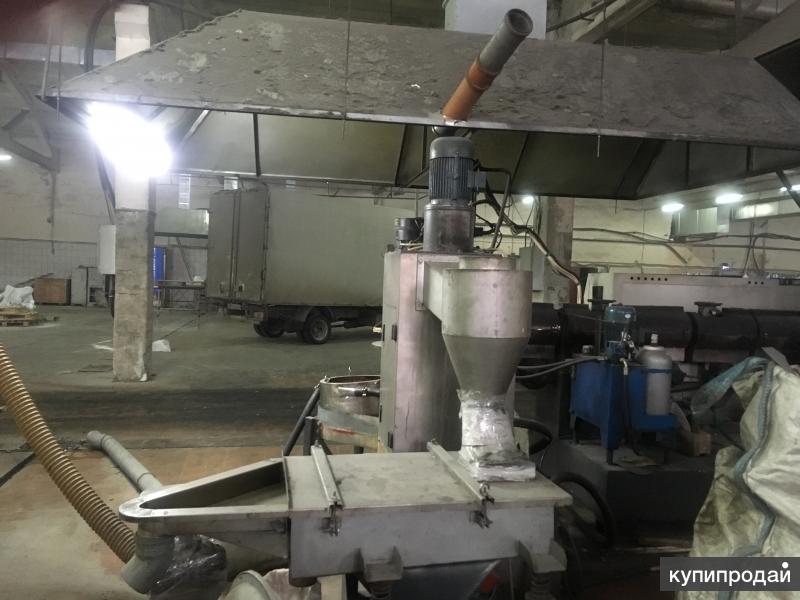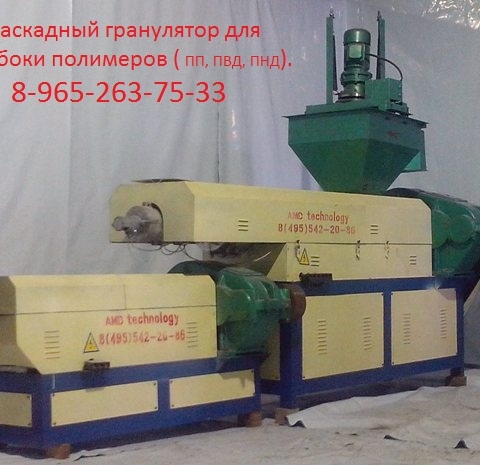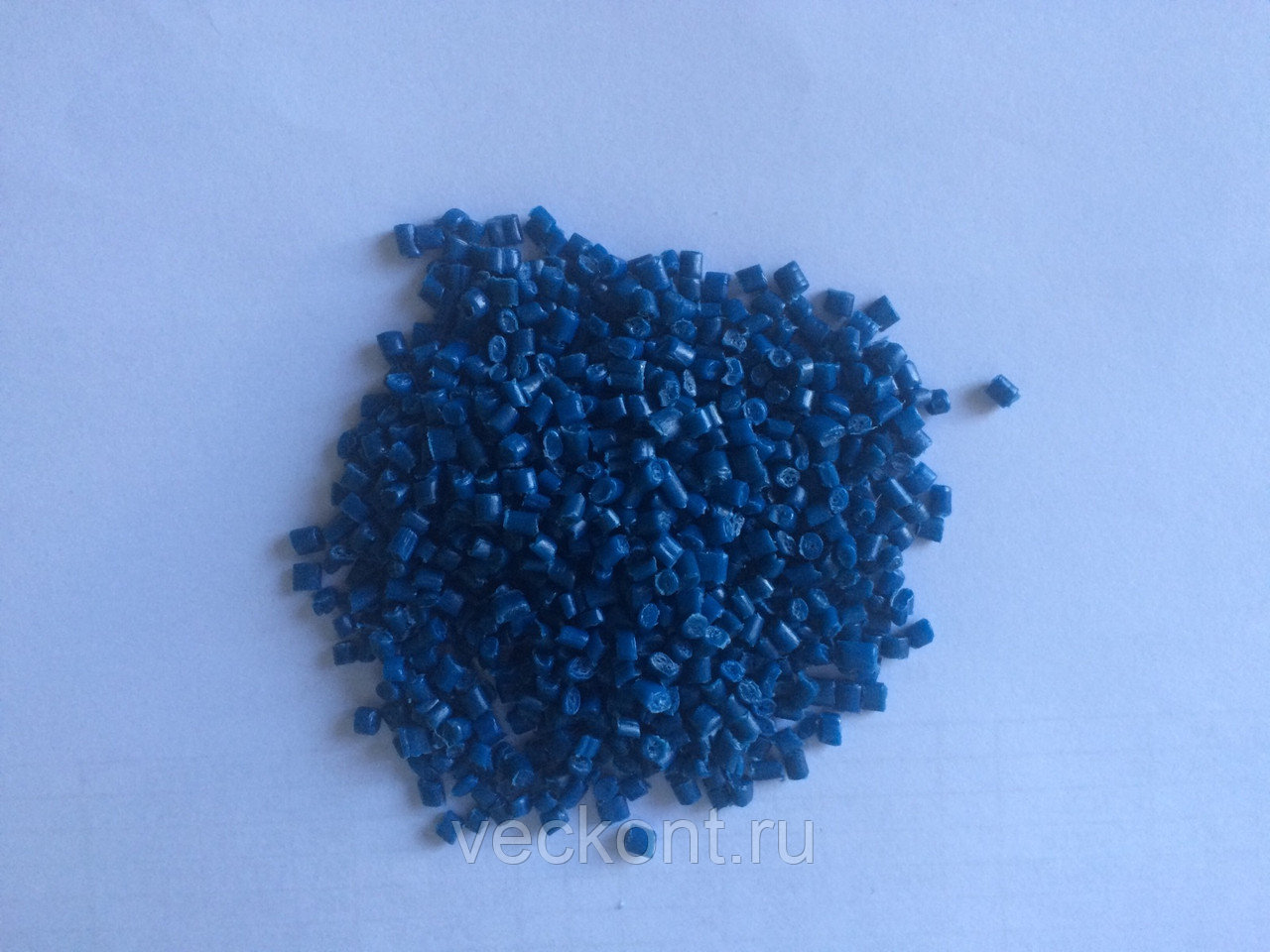Recycle plastic yourself
The basis for a promising business exists outside the enterprise as well. Collection of raw materials, manual sorting is cheaper than mechanical methods. A dense waterproof fabric and heat-insulating materials are obtained from a polyethylene film. No expensive equipment required, iron, fabric and aluminum foil are enough.
Disposal polyethylene bags, accessible to everyone, involves the combustion process, but this provokes the release of a large amount of harmful substances into the atmosphere. At home, recycling is prohibited, only licensed enterprises are capable of this. Recycling is meant here - like the new life of the processed product.
Disposing of plastic waste is not easy. An efficient and safe pyrolysis technology is often used - the thermal decomposition of plastic at high temperatures.
The risk to harm the environment is much less than the problems that arise from the growth of landfills.
Getting to know the processing technologies
It is possible to use secondary LDPE in Russia thanks to two technologies:
- By processing polyethylene into granules, allowing the return of polymers in the form of raw materials to production.
- The pyrolysis process, the result of which is the production of energetically valuable liquids and gases used as heating oil or raw material for the production of organic substances.
During processing, the decomposition of polyethylene is accompanied by changes in polymer chains. At high temperature and stirring, loss of mechanical properties occurs due to their shortening.
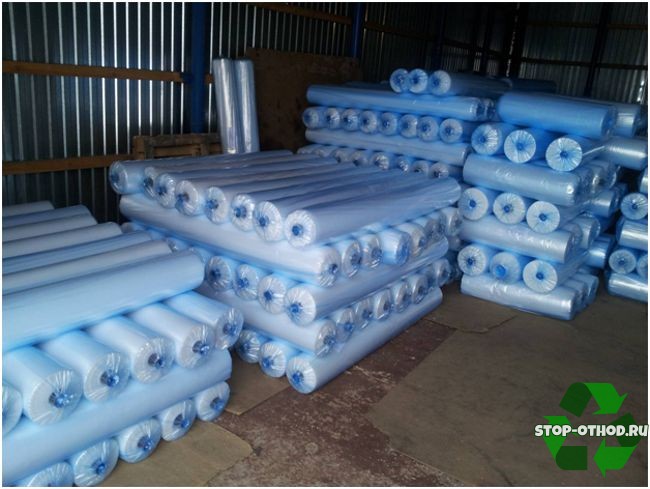
Recycled polyethylene is oxidized using atmospheric oxygen.
Thermomechanical technology for the production of granules
Thermomechanical recycling is a technology by which granules are obtained using LDPE waste. With this production, it is impossible to convert LDPE to HDPE or vice versa, since it is impossible to change the molecular weight and structure of the polymer. But the addition of one type of polymer to another allows you to give the material more rigidity, make it more fluid or plastic.
Processing of secondary HDPE or LDPE granules consists of the following stages:
- Collection and sorting of raw materials, which are produced manually or using mechanisms. When sorting waste, their composition, size, degree of pollution and safety are taken into account.
- Grinding with crushers and shredders, separation of solids and heavy particles using a flotation bath or jet ski.
- Flushing, if necessary.
- Removal of excess moisture during drying in a centrifuge and a chamber with thermal drying.
- Agglomeration at pressure with elevated temperature, when HDPE and LDPE waste partially melts and flows down.
- Granulation in special equipment. Inside the granulator, the substance is heated to a melting state, cleaned of impurities, and degassed. Under pressure, the mixed material enters the holes, which are called molding dies, after which it is cooled with water and compressed air, and cut into granules.
Thermochemical processing: pyrolysis
The pyrolysis technology is used when HDPE is processed, from which it is difficult to produce secondary granules. In this process, secondary HDPE is obtained from multilayer films and waste of cross-linked polyethylene with large contamination. It contains no compounds of nitrogen, sulfur and phosphorus, which makes the material better and safer for others. According to the pyrolysis technology, processed raw materials are obtained through three stages:
- splitting off branches
- cracking the carbon chain
- decomposition of residues
In the first two stages, there is a release from resins, gases and heavy waxes.

The third stage promotes the decomposition of heavy fractions into light ones.
Features of polymeric materials obtained by different methods
Modern methods for the production of ethylene polymers differ in the type and parameters of the synthesis process, hardware design, and the state of the final product. At the exit from the technological chain, polymers are obtained in the form of melts, solutions, with inclusions of gaseous, liquid and solid impurities. Production lines are equipped with equipment for degassing, solvent cleaning, centrifuges, vibrating screens, dryers.
Polyethylene obtained by high pressure methods is a melt with low molecular weight products and ethylene dissolved in it.
Polymers obtained by low pressure methods contain waxy low molecular weight fractions, residues of Ziegler-Natta catalysts, water, solvents (hexane, benzene, chlorobenzene), washing liquids (methyl and ethyl alcohol, higher alcohols, acids).
Impurities impair the chemical resistance, optical, dielectric and strength properties of polyethylene.
Equipment for pelletizing lines
Polyethylene granulation is a multi-stage highly automated process: raw material preparation, component displacement, granulation and packaging of the finished product itself
The hardware design of the granulation lines may differ in accordance with the purpose and type of processed raw materials. The technological chain can consist of one or several extruders-granulators (with or without degassing zones), cutting devices, continuous vacuum loaders, pumps with melt filters, vibrating screens, cooling baths, conveyors, feed bins, mills.
The most common models of extruders for pelletizing lines are with four heating zones. To intensify the process, eight section devices or devices with several vertical screws are used.
The inlets of polyethylene granulators can be equipped with heated or cooled hoppers with magnetic separators and stirrers to prevent vaults.
Granulation makes it possible to obtain polyethylene compositions with various additives (dyes, plasticizers, clarifiers, waxes to impart gloss) of a high degree of homogeneity for processing into products for a specific purpose.
Where to take such waste
Due to the peculiarities of the use of polyethylene, the possibility of its delivery for processing becomes difficult. Polyethylene is most often used as packaging for goods, which leads to contact with dirt, organic substances, liquids, chemicals. For processing, it is necessary to completely clean the incoming raw materials from impurities. The organization of polyethylene processing is possible only when the material is separated from the rest of the waste at the time of formation.
There are not many options for where to hand over polyethylene: collection points for recyclable materials (10-35 rubles per 1 kg), containers for separate waste collection. An additional problem with delivery to the collection points is the minimum weight of the raw materials to be delivered. As a rule, collection points accept raw materials from 1 kg. Taking into account the weight of one unit of polyethylene product (5-20 grams), this makes it necessary to accumulate several tens or hundreds of units of polyethylene waste.

Granulators and other equipment
The production of granular polyethylene includes several stages.
Initially, the raw material undergoes preparation, that is, grinding. Depending on which category the processed material belongs to, there are several types of shredders:
- samples for polymer films - optimal for residues of polypropylene, acrylic, as well as nylon, PVC and other similar products in film form;
- mills - suitable for processing thin plastic products such as PET bottles;
- crushers - necessary for crushing massive products, such as PVC balcony and other overall structures.
The prepared raw materials are washed, for this they use "wet crushers",
Excess moisture is removed using drying units, as a rule, they are used:
- centrifuges;
- drying with heated air;
- drying with compressed air;
- spin-presses;
- screw type water separators.
Shredded, cleaned, and dried plastics may contain polymer residues as initial manual sorting does not provide 100% separation. To remove all unnecessary elements, specialized separating mechanisms are introduced into the structure of production lines for plastic processing.
Let's describe the most common technologies for separating plastic chips.
- Flotation separation. The method is based on the difference in the wetting parameters of the materials to be separated. To perform separation, the prepared mixture enters a container with oxygen-enriched water. The particles of the hydrophobic material are immediately covered with air bubbles and float. Hydrophilic materials accumulate at the bottom of the tank.
- Electrostatic separation. This method is based on the difference between materials in terms of electrical conductivity and susceptibility to the accumulation of static electrification of the surface. In the course of processing, particles of the material undergo intensive mixing, as a result of friction, their surface is highly electrified and thus acquires an electric charge of a certain magnitude. Separation allows you to separate materials with different characteristics in an electric field.
- Photometric separation. The operation of this mechanism is based on the separation of plastic according to optical characteristics, that is, reflectivity and color.
The final stage in any process for the manufacture of granular plastic is directly granulation, for this, a polyethylene granulator is used. This equipment allows you to solve several problems at once:
- give finished products a presentation;
- to obtain composite materials with various additives.
A polyethylene granulator works similarly to an extruder. Plastic blanks in it are mixed by means of special moving screws, and also pass through zones that differ in heating temperature. Under the influence of its increased values and from the friction arising during mixing, the mass begins to melt, and the output is fibers with the given cross-section parameters. To prevent them from sticking together, they are irrigated with water. After they are cut with a special device, adhering to a certain length. It is these segments that are called granules. For cooling, the heated granules are placed in an annular pipe filled with water, from there they move to a centrifuge, where the mass gets rid of the liquid component. Then the raw material enters the drying chamber, and at the final stage, the dried material is transported to the filling unit.
The polyethylene granulator allows you to transform a bulky polymer into a strong and dense material. The output granules have a uniform shape and size, a uniform structure.

Why is it profitable to recycle HDPE and LDPE
Polyethylene recycling is one of the most profitable types of modern environmental business:
- Buying HDPE in granules is much more profitable than using primary polyethylene. For its synthesis, oil is needed, the synthesis process is technologically complex. Recycled polyethylene is easier to produce, so it costs several times cheaper than primary polyethylene.
- Recycled polyethylene in granules, packaged in any container (usually big bags are used), can be stored in a warehouse for several years. He is not afraid of either high humidity or other unfavorable conditions.
- Enterprises that process recycled polyethylene have a high percentage of profitability, since their raw material costs are minimal, the technological process is not complicated and does not require expensive equipment, and the demand for final products is high and constant.
- With the actively used recycling of plastic bottles, bags and other packaging materials, it is possible to significantly reduce the area allocated for landfills for the disposal of used packaging, and improve the environmental situation in the city, country and the world. When decomposing (decomposition period is about 300 years), polyethylene releases harmful substances into the atmosphere. Given the volume of its production, this could become a serious problem in the future.
Recycling polyethylene is a profitable and environmentally friendly business. It allows the use of available resources for production, which significantly saves the reserves of minerals on the planet and reduces the cost of the resulting polymer products.
What is made from recycled granules?
Recycled polyethylene granule has found application in the manufacture of:
- packaging (secondary stretch film, technical film, plastic bags);
- bottles for non-alcoholic or low-alcohol liquids;
- disposable tableware;
- decor items;
- materials for hydro and thermal insulation;
- water pipes (used in low pressure systems);
- polymer tiles;
- plastic garden furniture;
- any other products that, during operation, must not withstand significant physical and electrical stress. This means that insulation for electrical cables, for example, from the pure "secondary" HDPE is no longer made. But in some cases it is used in the form of additives - up to 50% of the mass, in order to reduce the cost of production.
Fittings and pipes, car parts, hoses, non-woven material, cable insulation, roofing material and polymer shingles, cases for various machines and mechanisms are made from secondary LDPE.
Recycling polyethylene into granules
A very effective business is the recycling of polyethylene into granules, since this task meets the public interest associated with the disposal of a huge amount of polyethylene waste, and at the same time satisfies the producers' need for granular polyethylene.
This project provides for work only with transparent HDPE films, since narrow specialization significantly increases the efficiency of the enterprise.
The supply will be transparent granules of the first grade, the production profitability of which is much higher, and the demand for them is greater than for the products of secondary processing of colored polyethylene.
The technology used for the processing of polyethylene into pellets is very typical for the processing of plastics and many other materials.
The raw material is crushed, after which dirt and foreign elements are removed from it with the help of a washing machine. After removing water in a centrifuge and complete drying, the raw mass passes through a compacting agglomerator and enters the granulation operation, which completes the technological process of recycling polyethylene into granules.
The scale of production envisaged by the project does not require gigantic multi-ton installations, which require specialized buildings and powerful foundations. There is no need for a branch line and access roads, power substations and provision of industrial sewage.
For the proposed production, an ordinary workshop with premises for storing raw materials and finished products is quite suitable.
The required volume of storage facilities can be estimated based on the fact that the productivity of the equipment planned for the purchase is 250 kilograms of pellets per hour, and the processing ratio of raw materials is close to 100 percent.
With two-shift work, the production capacity is about 75 tons of products per month.
To launch the project, an investment of 4.5 million rubles is required.
The payback period of the project does not exceed 6 months. The expected monthly profit is 1.4 million rubles.
The investor is offered 50 percent of the profit received.
Currently, there is an agreement with large sorting companies, which are ready to supply up to 120 tons of film waste per month, which will be used as raw materials. At the same time, two enterprises near Moscow have already expressed their readiness to purchase the entire produced volume of pellets at an agreed price.
The production is planned to open on the territory of the Moscow region near the settlement of Podolsk, where a suitable production facility has already been selected, which has all the necessary communications and the required electrical power.
Domodedovskoe highway passes in the immediate vicinity of the production facility, which simplifies the logistics of raw materials and manufactured products.
The initiator of the project is the Russian businessman G.M. Golota.
Georgy Mikhailovich is a graduate of All Saints' College in the Australian state of Western Australia and holds a diploma from the International Institute of Management MGIMO (U) of the Ministry of Foreign Affairs of the Russian Federation.
Georgy Mikhailovich Golota is an excellent organizer and has extensive experience in entrepreneurial activity. He developed a detailed business plan for this project, which includes a full detailing of all costs, a list of necessary equipment, contacts with potential suppliers of raw materials and buyers of manufactured products.
Contacts: tel., Mail
- We recommend reading:
- Highly profitable wood pellet production
- A patent has been issued for an engine that cannot be
- Successful businesswoman Marina Bogacheva, who started her business from scratch
- Organizational Development Expert Olga Bodrova, Honorary Member of the Club
Resistance to polyethylene chemicals
Polyethylene in the product has good resistance to the effects of various aggressive chemicals: nitric acid of various concentrations, ammonia (gaseous, dry, 100%, pure, aqueous solution saturated in the cold), technical acetone, gasoline, tartaric acid, any wine, water (distilled, demineralized, demineralized, mineral, sea water), potassium salts, compressed air containing oils, copper and magnesium salts, waste gases from sewage systems, etc., containing carbon dioxide, hydrochloric acid, sulfur dioxide, mercury, hydrogen sulfide, sulfur , urea, soap solution, etc.
Processing technology
Polyethylene granules are obtained from LDPE agglomerate - polyethylene chips. The processing process consists of the following stages:
- Sorting. Produced in a landfill or directly at a processing plant. Raw materials are sorted by type - bottles, bags, wire insulation, etc., by size, by degree of contamination. Too dirty raw materials are not used, or they are thoroughly washed.
- Grinding of raw materials to a size that can be processed by the company's machines - on average from 0.5 to 15 mm.
- Washing in special washing chambers. Necessary, because dirty raw materials will give cloudy, low-quality granular polyethylene. The quality of the resulting product directly depends on the quality and purity of the raw materials.
- Blowing in centrifuges to remove excess moisture.
- Pre-drying.
- Agglomeration is a partial melting of washed and dried crumb followed by sintering. Manufactured under pressure. Preliminary stage before obtaining polyethylene granulate.
- Granulation - processing of polyethylene into granules. At modern enterprises, it is produced simultaneously with agglomeration in plastic compactors. On the equipment of the previous generation, it was a separate stage of the process.
The LDPE granulator is an apparatus that heats the polyethylene mass simultaneously with its last, final filtration from possible inclusions of metals and other impurities. After melting (the polyethylene mass is heated to a temperature of 200 degrees Celsius), it is fed under pressure to a die - a fine-mesh frame. Passing through it, the semi-liquid melt takes the form of thin sausages, which are cut in a split second with auger knives. Further, the resulting polyethylene granules are sent for cooling and packaging.
At this stage, the production of polyethylene granules ends.
The danger of polyethylene
Not so many product options are made from the material, it's all about volume. Every day, millions of garbage bags are thrown into the street, in which there are several more packaging bags, 2-3 plastic bottles, bottles and other unnecessary items. The material is not afraid of either cold or water, it cannot be destroyed by salts, acids and alkali. Being in the ground, plastic does not rot, decomposes for many years, and harmful substances are released under the influence of sunlight.
Environmentalists are urging to abandon polyethylene, replacing it with paper packaging. But it is difficult to completely limit the use of such a convenient material in everyday life. The waste-free processing of polyethylene products will help reduce the adverse impact on the environment.
Types of PE waste

Polyethylene is a product of polymerization of ethylene (C2H4), an unsaturated gaseous hydrocarbon, the first in the olefin series. The compound is practically not found in nature, and in industry it is obtained by the methods of cracking of high molecular weight components of oil, dehydrogenation of ethane, and dehydration of ethyl alcohol.
The polymerization process is the destruction of one of the bonds in the H2C = CH2 molecule and the combination of the -H2C-CH2 monomer into a non-cyclic chain. The process is influenced by temperature, pressure and the type of catalyst used.
Four types of polyethylene are synthesized on an industrial scale, differing in structure and properties:
- LDPE (high pressure polyethylene) is a transparent and elastic material with low tensile strength. The molecule of a substance has a large number of side branches that do not allow the creation of a crystal structure. At a temperature of 103 - 110 ° C, the polymer becomes liquid and has high fluidity. LDPE is used for the production of packaging materials: films, containers and bags.
- HDPE (low pressure polyethylene) is more durable and rigid in comparison with LDPE. Polymer filaments have a linear structure with a small number of branches, due to which, at room temperature, about 80% of the substance is in a crystalline state. The melting point is 125 - 132 ° C. HDPE is resistant to most chemicals. Garbage bags, containers for oils, acids, solvents, free-flow pipes are made of it.
- PSD (medium pressure polyethylene) is a mixture of HDPE and PSD. The material combines the advantages of both types of polymers and is used in the production of films, bags, blown thick-walled containers.
- LPVD (linear high pressure polyethylene) is an elastic and soft material with high resistance to tears, punctures and other types of destruction. Due to their paintability, most of these polymers are used for the production of stretch films, laminates and laminates.
In recent years, another type of polyethylene is widely used in Russia - PEX, or cross-linked polyethylene. It is obtained from HDPE.

Under the influence of reagents or ionizing radiation, hydrogen atoms are split off from polymer chains, and free bonds in carbon immediately interact with each other.
The result is a three-dimensional network with a pronounced crystalline structure.
The material has a high melting point and has a shape memory.
They make from it:
- water pipes;
- cable insulation;
- heat shrinkable materials.
How is recycled granule used in finished goods manufacturing?
With proper observance of technological stages, use of equipment and sorting of raw materials, secondary granules have the necessary properties and qualities that are not inferior to primary raw materials. The high quality and technical properties of granular polyethylene make it possible to replace synthesized polyethylene with it.
Components that help to recycle waste can be:
- PEX powder
- polypropylene
- rubber and other elastomers
Technological processes for the manufacture of polyethylene products consist of:
- Extrusion, in which the melt is forced through a forming head that produces a cross-section to obtain a specific shape: profiles for windows, films, products of various lengths, including pipes.
- Casting, when the melt under pressure is poured into a mold, cooled and piece serial products are obtained. A thermoplastic machine is used, which makes it possible to manufacture reinforced, hollow or foam products of any configuration.
Products made from recycled polyethylene
| Recyclable materials | Received finished products |
| LDPE film collected at collection points, industrial organizations | Packaging products |
| LDPE collected after sorting household waste | Granular raw materials for casting |
| Stretch film | Granules added as a modifier to various raw materials |
| Blown containers in which food and household chemicals were packed | Pipes that are not subject to pressure |
| Waste drums and canisters with thick walls | Non-pressure pipes, wood - polymer composites and geomembranes |
| Films with many layers | Additives for various types of raw materials |
| Remains of cable insulation | Fillers for granular polyethylene of both low and high pressure |
| Films for the needs of agriculture | Granules for new film |
Any entrepreneur can master the recycling of recycled polyethylene, while he needs to take into account the payback period of the purchased equipment, the regularity of the supply of raw materials and establish regular sales of finished products. Considering that polyethylene degrades for a very long time, then the disposal of polyethylene is useful for environmental safety, for reducing the amount of household waste that pollutes the environment. Plus, LDPE recycling is a lucrative business.
Where does recycled polyethylene come from?
Manufacturers of HDPE and LDPE granules replenish stocks of raw materials by buying used plastic containers - bottles of any color and volume, stretch film, etc. The enterprise sorts raw materials by color.
Secondary low-pressure polyethylene are obtained primarily from the recycling of plastic bottles. The volumes of their daily dumping in large cities are enormous, they amount to tens of tons, despite the lightness of the raw material. Recycling of plastic boxes, pipes and other similar waste is also used. Waste of non-woven covering material, shrink film, some types of construction waste, etc. are recycled.
For the "secondary" production of LDPE granules, waste of primary, synthesized high-pressure polyethylene is also used. In this case, it is only necessary to ensure that the third recycling cycle is not allowed. It is impossible to process polymers for the third time - the quality of the goods is sharply deteriorating.
Harm to the environment
The danger of polyethylene waste for the environment is associated with a significant share (up to 10%), which is the material among household waste. It is difficult to calculate the exact values due to the fact that statistics take into account all polymers: plastic, polyvinyl chloride and others. The widespread use of polyethylene packaging has led to the fact that the material, when recycled, ends up in landfills along with organic matter and other types of solid waste. This makes sorting and separating material for further processing much more difficult.
Being in a territory with a high fire hazard (landfills), polyethylene is subject to combustion and releases harmful toxic substances into the atmosphere. In addition, the material obtained by chemical means decomposes in natural conditions within 500-1000 years.

